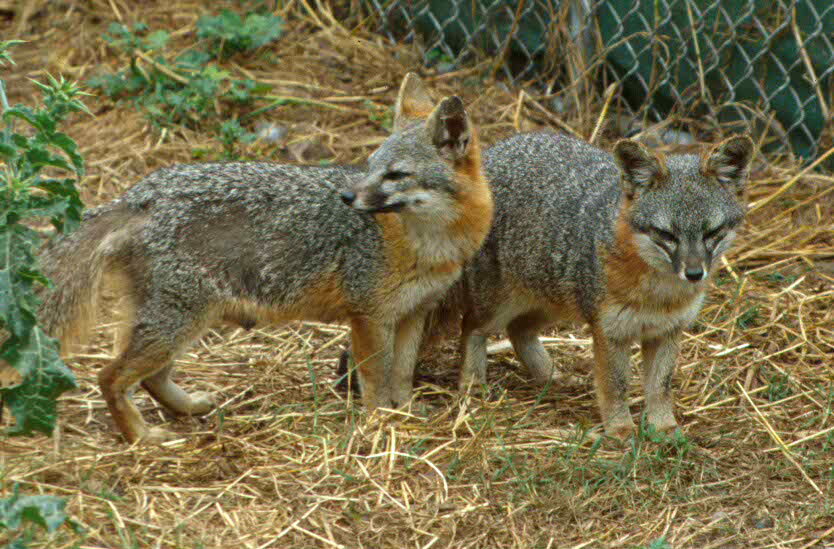
The California Channel Islands have been considered the "Galapagos Islands" of North America. For those of you unfamiliar with the Galapagos Islands, here's the blurb from Wikipedia:
The voyage of the Beagle brought the survey ship HMS Beagle under captain Robert FitzRoy to the Galápagos on September 15, 1835 to survey approaches to harbours. The captain and others on board including his companion the young naturalist Charles Darwin made a scientific study of geology and biology on Chatham, Charles, Albemarle and James islands before they left on October 20 to continue on their round-the-world expedition. Darwin noticed that mockingbirds differed between islands, though he thought the birds now known as Darwin's finches were unrelated to each other and did not bother labelling them by island.[2] The Englishman Nicolas Lawson, acting Governor of Galápagos for the Republic of the Equator, met them on Charles Island and as they walked to the prison colony told him that tortoises differed from island to island. Towards the end of the voyage Darwin speculated that the distribution of the mockingbirds and the tortoises might "undermine the stability of Species".[3] When specimens of birds were analysed on his return to England it was found that many apparently different kinds of birds were species of finches which were also unique to islands. These facts were crucial in Darwin's development of his theory of natural selection explaining evolution, which was presented in The Origin of Species.[2]
Like Darwin's finches, the Channel Islands demonstrate Darwin's theory of natural selection in the form of the different animals that reside on the various islands.
Case in point: the island fox.
These foxes are everywhere on the island of Santa Cruz, yet not as prevalent on the other islands. The are about the size of cats and if you saw one at night, you'd likely mistake it for a cat.
They move in packs.
But let's say that all of the islands had foxes. Perhaps on one of the islands the fox had a larger snout in order to better hunt for a type of ant and on another island the fox was more agile in order to climb trees. This would exhibit a type of natural selection known as adaptive radiation. Adaptive radiation is specific to islands (like Darwin's finches). It is important to note that the very idea of natural selection has nothing to do with the environment "making" animals to look a certain way. Instead, the only animals to survive and reproduce would be those that are more "fit" to handle the environmental pressures of a specific island.
An example to illustrate this would be the giraffe. I giraffe does not "stretch" out its neck in order eat leaves at the top of a tree. This is NOT an example of adaptation.
Instead, over time, the giraffes that were the most fit for an environment were those with longer necks. These giraffes with longer necks amassed mutation after mutation until they look much like they do today.
Island foxes probably had relatives on the mainland, but landed themselves on a strip of land whose environmental design favored indviduals that were smaller and a sandy shade of gray.